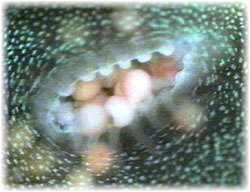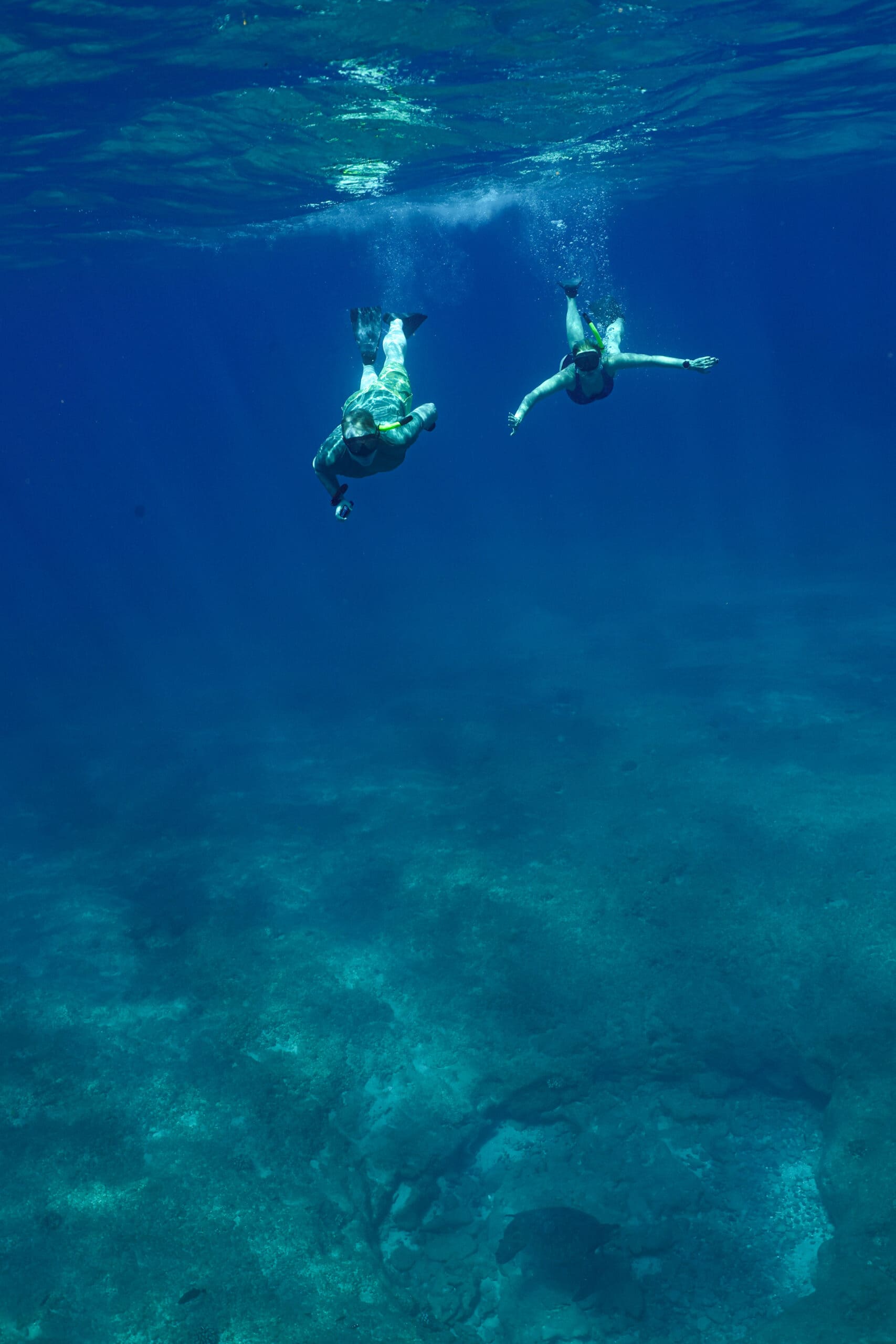Love on the Rocks – Hawaii Coral Spawning

Hawaii is the only place in the world where coral spawning can be observed during daylight hours.
Coral spawning is an amazing thing to observe. During this annual event, the wonders of the reef are even more amazing. Often times, other critters join the action and spawn as well. There is a good chance you can witness sponges, brittle stars, and marine worms spawn at the same time. In addition, a myriad of tiny fishes swarm to the area to feed on the spawn. This draws bigger fish hoping to feed on the smaller fish, and an entire food chain may be observed in a microcosm. Catching sight of coral spawning in the wild is, in many ways, a guessing game. But our researchers say observers stand the best chance with the following species on the specified dates and times.
Email Us for more info

Cauliflower Coral
Cauliflower or Rose Coral (Pocillopora meandrina): April — May, at full moon and/or 2-3 days after, around 7:30 in the morning. Profuse spawning can reduce visibility from 100 ft. to fog in about one hour. This one is a “don’t miss”!
Mushroom Coral
Mushroom Coral (fungia scutaira): June — Sept. on the first full moon and as much as three nights later, between 5 and 7 p.m.. Rice.

Rice Coral
Rice Coral (Montipora verrucosa): June — August, 3-5 days after a new moon between 8 and 10 p.m.. This spawning may be the easiest to see.

Finger Coral
Finger Coral (Porites lobata): June, July and sometimes August, two to three days after a full moon, around midnight. Kind of hard to see, looks like a haze. Lace.

Lace Coral
Lace Coral (Pocillopora damicornis): Year-around, with all phases of the moon. This coral releases larvae throughout the day, but mostly at night.

